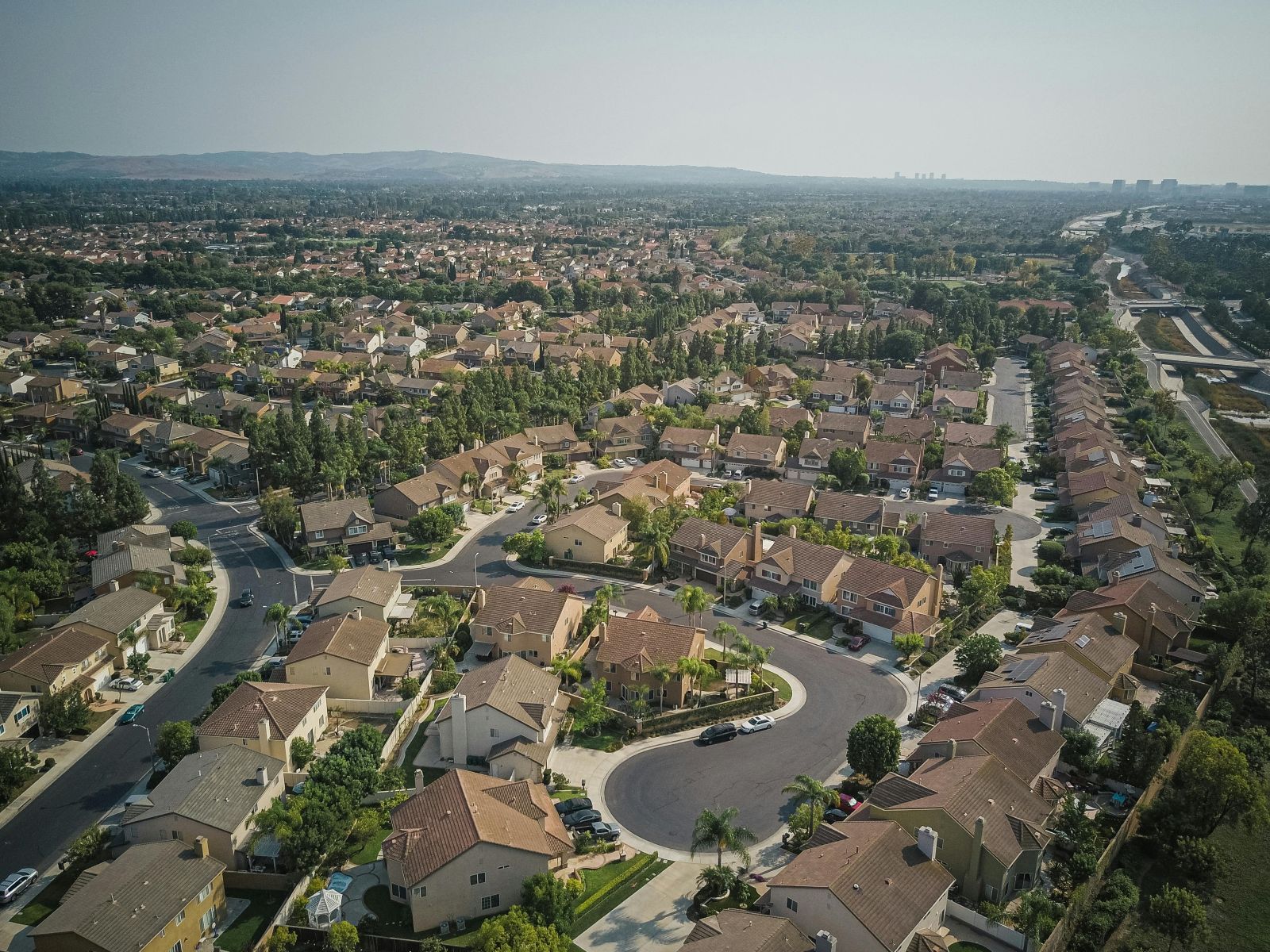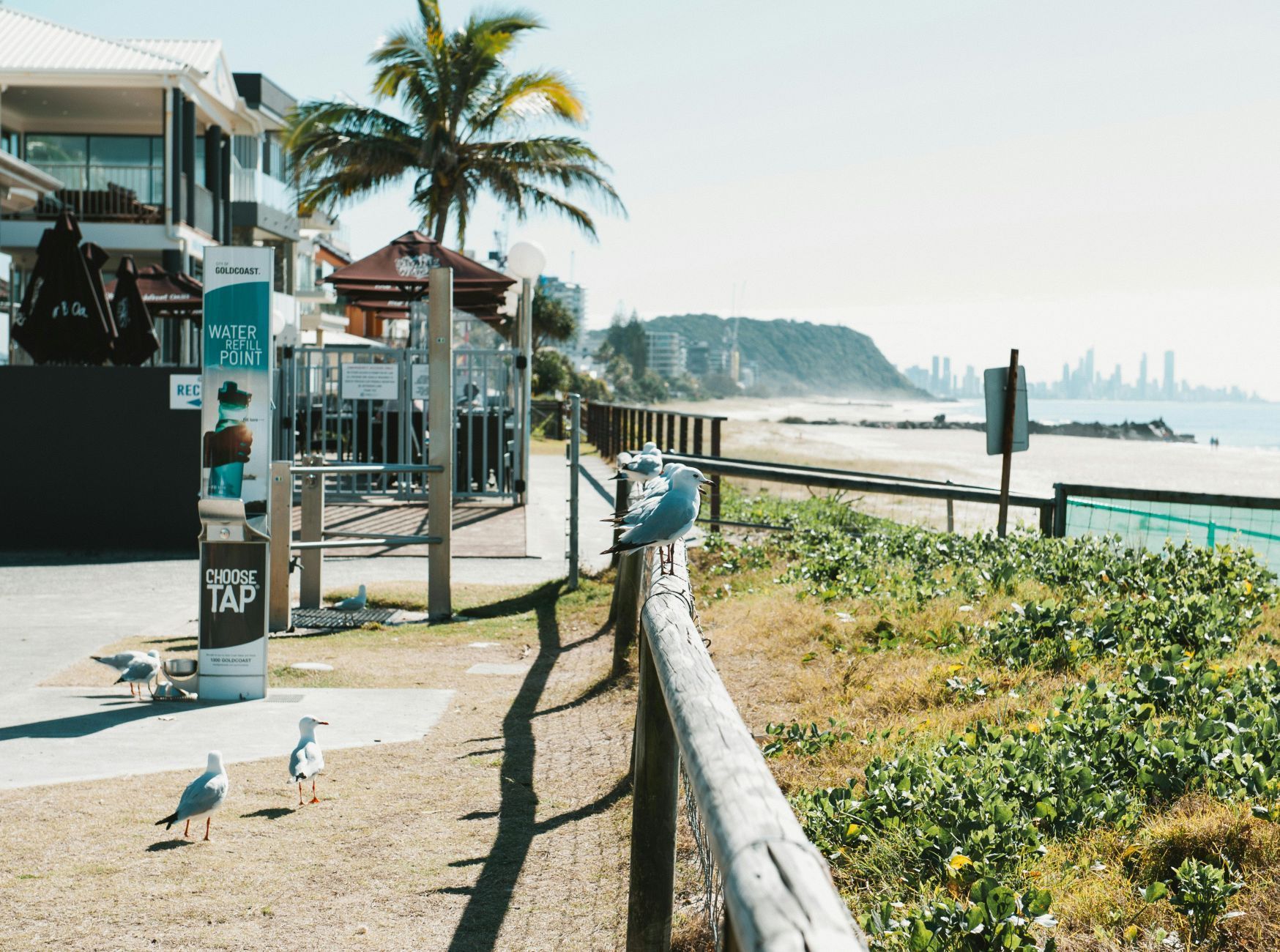What Is Rental Yield? A Beginner’s Guide to Property Profits
If you’re investing in property, understanding what rental yield is is essential. It shows you how much income you can earn from a rental property in relation to what it costs you to buy it.
Rental yield is a quick way to assess whether a property will meet your investment goals. It also helps you avoid purchasing properties that appear attractive but fail to deliver reliable rental returns.
In this guide, we’ll break down what rental yield means, how to calculate it, and how to improve your returns. Whether you're new to investing or reviewing your existing portfolio, this article will help you understand the numbers and make smarter property decisions.
Property Investor? We’ll Help You Turn Yield Into Wealth.
LM Edge Gold Coast mortgage brokers dive deep into the data and loan options to sharpen your rental yield strategy on the surf city. Call us today
07 4721 4772 or visit
lmedge.com.au to book a free consultation.
How to Calculate Rental Yield for Your Investment Property in Queensland
Knowing how to calculate rental yield is a must if you're planning to invest in property. It helps you understand whether a property is likely to be a positive cash-flow asset or a costly mistake.
There are two primary methods for calculating rental yield: gross and net. Both serve different purposes and are easy to work out if you have the correct figures.
Gross Rental Yield
This is the basic version of rental yield. It shows the annual rent as a percentage of the property's purchase price.
Formula:
Gross Rental Yield = (Annual Rent ÷ Purchase Price) × 100
Example:
- Weekly rent: $500
- Annual rent: $500 × 52 = $26,000
- Purchase price: $520,000
- Gross rental yield = (26,000 ÷ 520,000) × 100 =
5%
Net Rental Yield
Net yield encompasses all significant operating costs. It’s a more realistic way to measure the actual income from your rental property.
Formula:
Net Rental Yield = ((Annual Rent – Annual Costs) ÷ Purchase Price) × 100
Example:
- Annual rent: $26,000
- Annual expenses (maintenance, property management, insurance, strata): $6,000
- Net rental yield = (20,000 ÷ 520,000) × 100 =
3.85%
If you’re unsure which costs to include, your mortgage broker can help break them down for you. At LM Edge, our expert investment property loan brokers can help you understand exactly what your yield looks like before you commit.
Gross vs Net Rental Yield: What Property Investors Should Know
Gross and net rental yield each have a role to play in property investing.
Gross rental yield is best used for quick comparisons when you're shortlisting properties. Net rental yield helps you understand the full financial picture, especially when you’re budgeting for ongoing expenses.
Here are some common costs that impact your net rental yield:
- Property manager fees
- Council rates and strata fees
- Repairs and ongoing maintenance
- Insurance
- Vacancy costs
Property Investment Is a Business. Treat It Like One.
Our LM Edge Gold Coast mortgage brokers provide investors with tailored loan advice to increase yields and grow their portfolios strategically. Call
07 4721 4772 or visit
lmedge.com.au to learn more.
What Is a Good Rental Yield in Queensland’s Regional and Capital Areas?
Knowing what qualifies as a “good” rental yield depends on where you're buying and what your goals are. Some areas have high yields but limited capital growth, while others might earn less rent but rise steadily in value.
In Queensland, investors tend to see different average yields depending on the region:
- Capital cities like Brisbane or the Gold Coast: 3% to 5%
- Regional QLD (e.g. Townsville, Cairns): 5% to 7%
- Rural locations: 7% or more. These often come with higher vacancy rates and fewer amenities
Factors that influence rental yield include:
- Location and proximity to public transport, shopping centres, schools
- Property type (e.g. detached homes vs units)
- Demand from local renters
- Purchase price versus achievable weekly rent
- Wage inflation, interest rates, and economic conditions
- Holding costs like property taxes, maintenance, and strata levies
To obtain current suburb-by-suburb insights, utilise trusted sources such as CoreLogic, Domain, or SQM Research.
Tips to Improve Rental Yield on Your Investment Property
Below are some practical strategies to help improve your rental income:
1. Renovate Your Property
- Update the kitchen or bathroom
- Add air conditioning or solar panels
- Use renovation loans to spread out the cost of upgrades
2. Choose the Right Tenants
- Screen applicants through a reputable letting agent
- Match your property to the needs of local renters
- Reduce vacancy costs with longer leases or incentives
3. Lower Ongoing Costs
- Compare property management fees
- Stay on top of maintenance to avoid major repairs
- Consolidate insurances and review them yearly
4. Review Rent Regularly
- Benchmark against similar homes in your area
- Increase rent modestly between tenancies to match the market
Serious About Rental Yield? We Are Too!
Partner with a Gold Coast mortgage broker who knows how to align interest rates, offsets, and repayments to boost investor ROI. Call us at
07 4721 4772 or visit
lmedge.com.au to book a free consultation.
Frequently Asked Questions (FAQs)
What does 4% rental yield mean?
It means the property earns 4% of its purchase price back each year in rent. For a $500,000 property, that’s $20,000 in annual rental income.
What is a good rental yield in Queensland?
In most capital city suburbs, 4% to 5% is considered healthy. In regional areas, 5% to 7% is often achievable and financially sustainable.
Is 4.5% yield good?
Yes. This is strong, especially in areas like the Gold Coast, where property values are higher but tenant demand is consistent.
What does a 5% yield mean?
You’re earning 5% of the property's value in annual rental income. For a $600,000 home, that’s $30,000 per year.
Is rental yield the same as ROI?
Not quite. Rental yield is based on rental income only. ROI (Return on Investment) includes other factors like capital gains, selling costs, legal fees, and interest paid on loans.
Should I focus on rental yield or capital growth?
It depends on your strategy. Rental yield helps with cash flow and serviceability. Capital growth helps with long-term wealth building. Many investors aim for a mix of both.
What are the types of investment property loans available for Gold Coast investors?
Gold Coast investors can access various investment property loans, including interest-only loans, principal and interest loans, fixed-rate or variable-rate options, and SMSF loans. The right choice depends on your investment goals, cash flow needs, and long-term strategy.
Final Thoughts
Understanding how rental yield works can help you choose better properties, structure smarter loans, and avoid being caught off guard by unexpected costs.
At LM Edge, our mortgage brokers in Gold Coast work with investors across Queensland to assess rental income, plan home loan repayments, and fund property improvements through renovation loans. Whether you’re just getting started or expanding your portfolio, we’re here to help you make the numbers work.
Call
07 4721 4772 or visit lmedge.com.au to book a no-obligation chat with our team.



